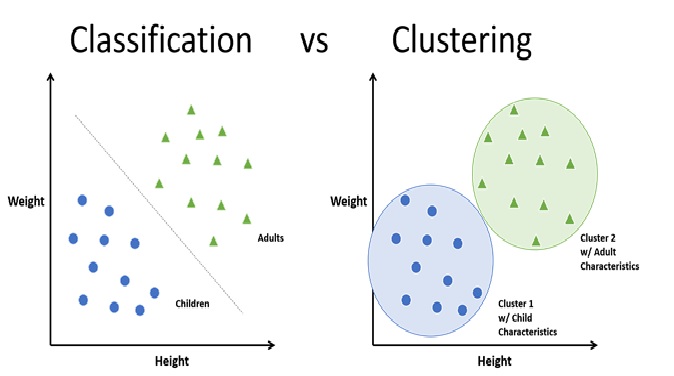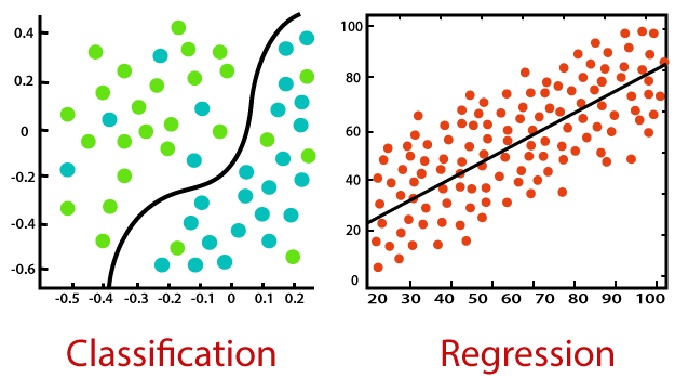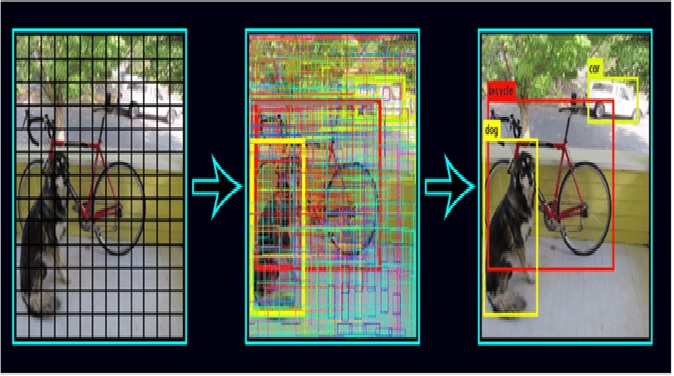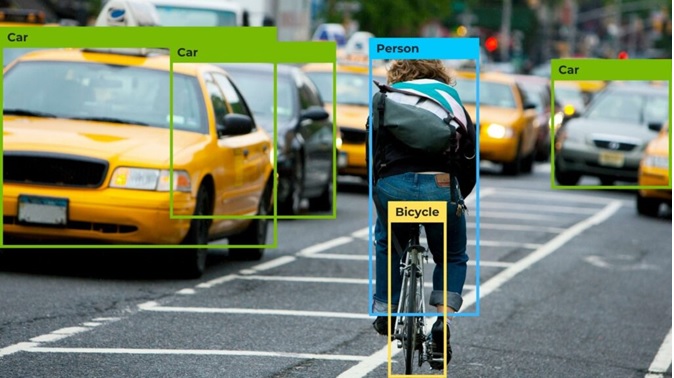Medical Image Analysis
Medical image analysis is the process of analyzing images generated by medical imaging technologies such as X-ray, CT, MRI, PET, and ultrasound. The goal of medical imaging analysis is to extract useful information from these images to aid in the diagnosis, treatment, and monitoring of various medical conditions.
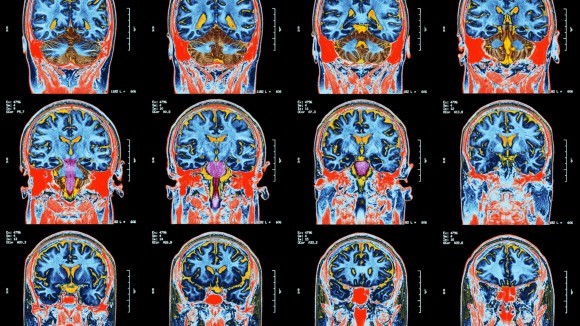
Figure 1. Medical image analysis [1]
Figure 1 shows medical image analysis. Medical image analysis involves a range of techniques, including image processing, image segmentation, feature extraction, pattern recognition, and machine learning. These techniques allow medical professionals to detect and quantify abnormalities in medical images, such as tumors, lesions, and other abnormalities, as well as measure anatomical structures and physiological functions.
Medical image analysis has applications in a variety of medical fields, including radiology, cardiology, oncology, neurology, and orthopedics. It is used to diagnose and monitor a range of medical conditions, such as cancer, cardiovascular disease, neurological disorders, and musculoskeletal disorders.
Recent advancements in medical image analysis have led to the development of computer-aided diagnosis (CAD) systems, which use artificial intelligence (AI) and machine learning algorithms to automatically detect and analyze medical images. These systems have the potential to improve diagnostic accuracy, reduce the need for invasive procedures, and improve patient outcomes.
Machine learning plays a critical role in medical image analysis, especially in recent years with the development of deep learning techniques. Machine learning algorithms, such as convolutional neural networks (CNNs), have shown significant promise in improving the accuracy and efficiency of medical image analysis tasks.
CNNs are designed to learn hierarchical representations of features in images, making them well-suited for medical image analysis. They can automatically extract relevant features from images and classify them into different categories, such as normal or abnormal tissue, with high accuracy.
One area where machine learning has been particularly successful in medical image analysis is in the detection and diagnosis of cancer. For example, CNNs have been used to accurately identify breast cancer from mammography images, lung cancer from CT scans, and skin cancer from dermoscopy images.
Overall, machine learning has the potential to significantly improve medical image analysis and assist in the diagnosis, treatment, and monitoring of various medical conditions. As the field continues to evolve, we can expect to see even more advanced techniques and algorithms that further enhance the accuracy and efficiency of medical image analysis.
References:
- https://www.nature.com/collections/gfbjhfjfgg
Cite this article:
Hana M (2023), Medical Image Analysis, AnaTechMaz, pp.225



